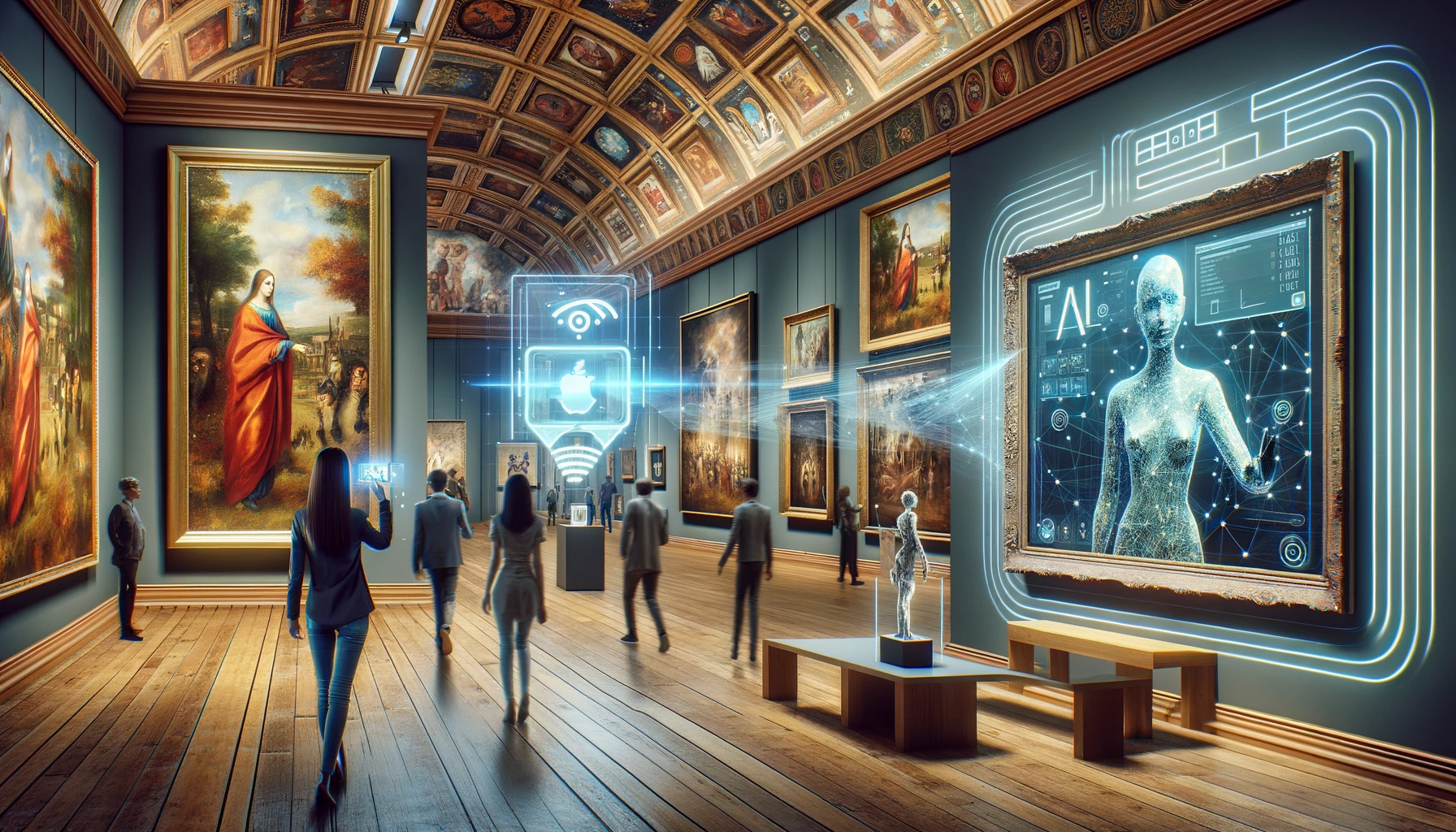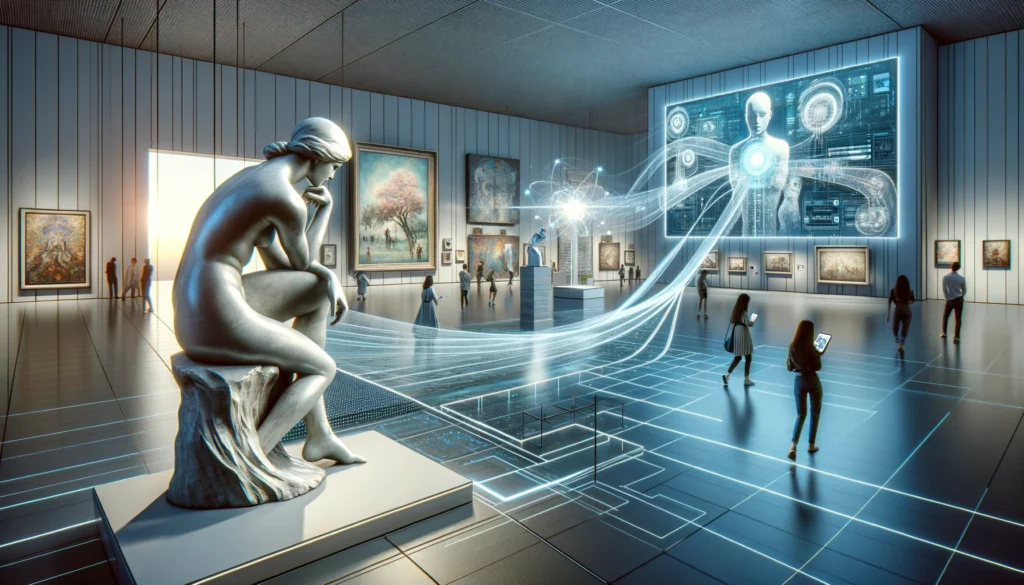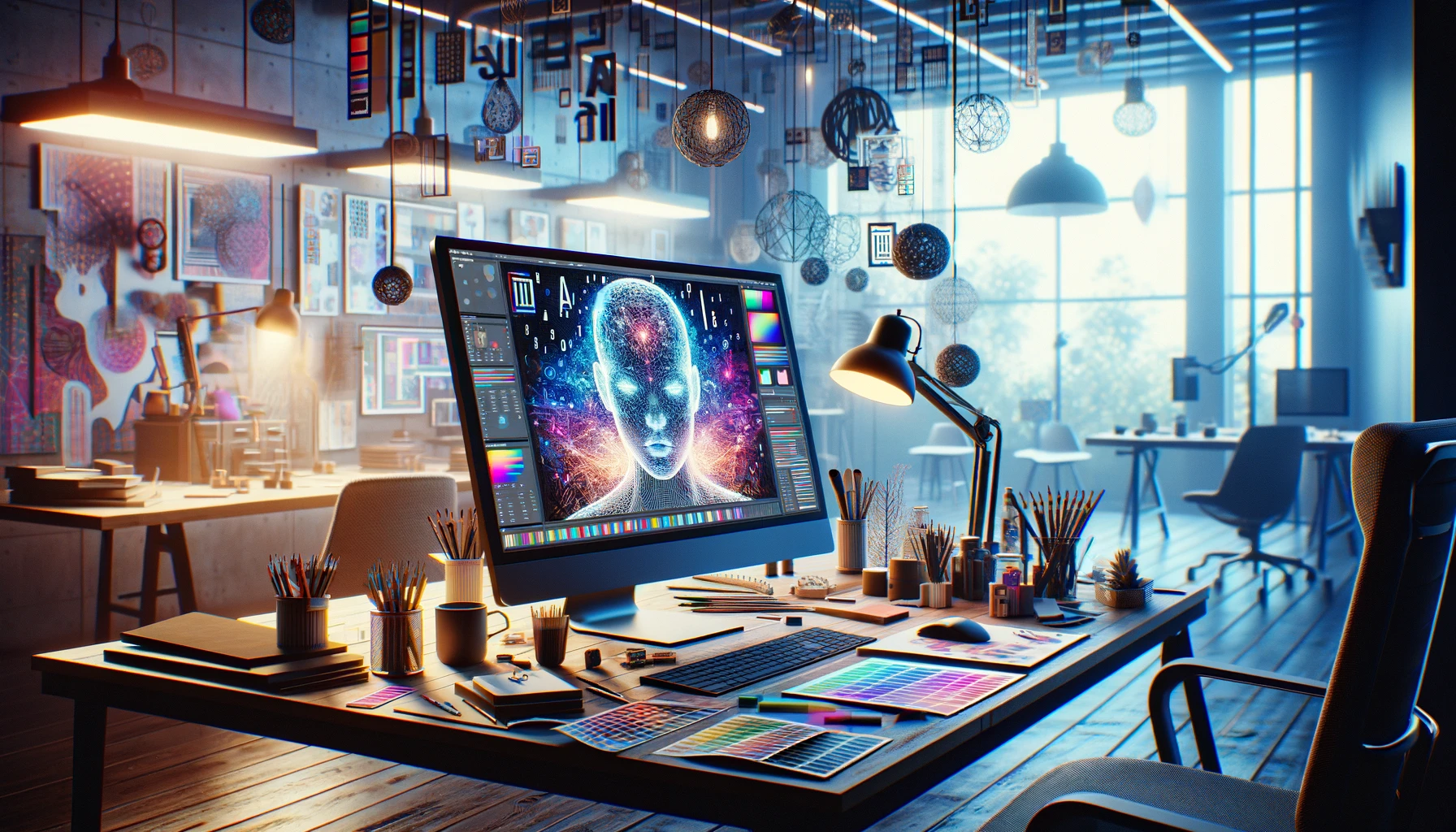
AI’s Growing Influence in the Art Market
The art market has experienced a significant shift towards digital platforms since the COVID-19 lockdowns, with collectors increasingly relying on augmented reality, online viewing spaces, and high-definition images for purchasing art remotely.
A notable disruption in the digital art realm comes from the rise of artificial intelligence (AI). Innovations like large language models and AI-driven image generators are transforming the industry by analyzing vast data sets, streamlining repetitive tasks, and creating novel digital art and textual content.
Artists including Sougwen Chung and Anna Ridler have embraced AI in their creative processes, while AI’s practical applications, such as language translation and communication nuances, are being utilized by entities like Tina Kim Gallery. This gallery employs AI to navigate cultural and linguistic intricacies, especially in historical research and artist correspondence.

However, not all art institutions are ready to fully integrate AI. For example, Addis Fine Art expresses caution, preferring to maintain a human-centric approach, particularly in curatorial roles. Meanwhile, auction houses like Christie’s leverage AI to enhance data analysis, market understanding, and logistical efficiency.
Despite these advancements, AI’s role in the art market is seen as complementary rather than replacing human expertise. The technology is heralded for its potential to democratize access to art market data and support informed decision-making in art acquisition, as evidenced by initiatives like Sang.art. Nevertheless, the art community remains mindful of AI’s limitations, emphasizing the irreplaceable value of human judgment and the nuanced understanding of art’s cultural significance.

